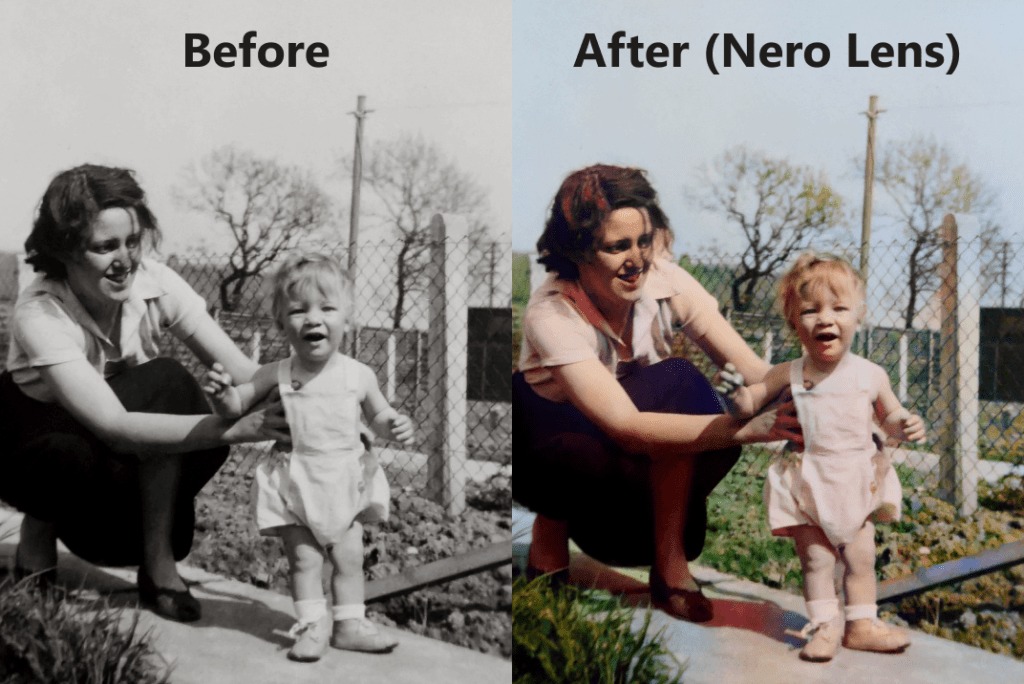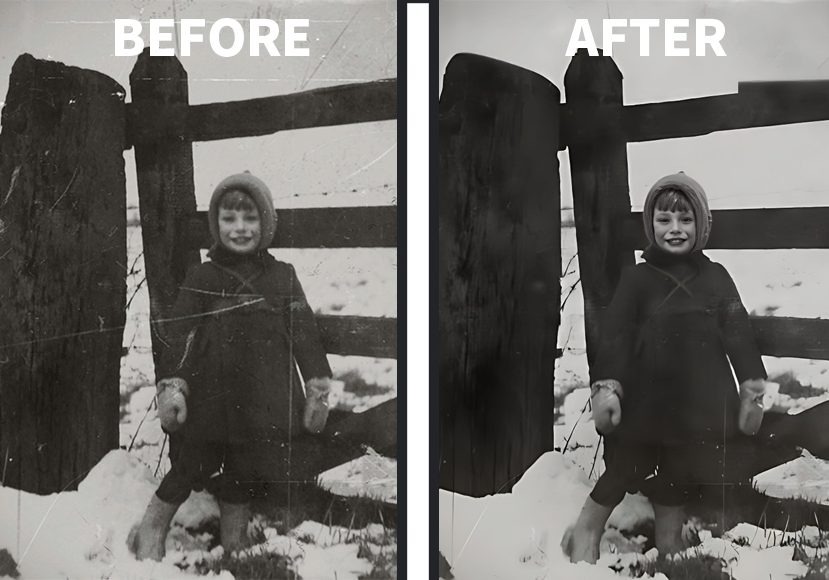Recognizing a Photo Enhancement and Its Goal
Pull out your phone, take a picture, and occasionally your picture falls flat. Perhaps the light is off, the colors look faded, or the crispness leaves you desiring more. Here is where a clever photo enhancer provides a digital assistant. The magic is in smart algorithms that revitalize everyday images, not in some enigmatic program tool.

A photo enhancer is a program tool or feature designed to make dull images vivid once again. Most run at the nexus of art and technology. They gently or powerfully change variables including illumination, color, sharpness, and noise. But a brilliant enhancer focusses in on the minute details and brings them into harmony, therefore beyond the mere enhancement of an image. Just balance; no strong hand here.
These days, enhancers come in several tastes. Some are browser-based, fast and snappy with options driven by artificial intelligence. Others arrive as smartphone apps, perfect for selfie editing following a coffee run. Although they can have a higher curve, professional programs give exact controls for editing aficionados. Whatever the instrument, the objective is still to transform a snapshot into something worth remembering.
Actually, how does an image enhancer work?
Why is artificial intelligence so much in focus? Artificial intelligence has elevated photo editing in recent years. Old-fashioned programs largely depended on hand-operated sliders, brightness here, contrast there. Machine learning can now read your pictures and find defects faster than your own view. Consider it as a kind of art restorer who understands the differences between Da Vinci and doodles—then layer by layer treats your holiday picture.
While some instruments focus on faces, sky, or backdrops especially, others examine lighting. Through millions of sample images, these computers “learn” what looks natural. The artificial intelligence adjusts micro-wise whether skin seems overly yellow or if sky seem too washed out. Images that pop without losing their spirit follow from this.
What Distinguishes a Photo Enhancer?
Accuracy and Discretion in Edit Corrections
One does not overindulge in a quality booster. Plastic skin, over-bright eyes, or colors that shout rather than sing are the classic indicators of ovediting. Subtlety is a need not only a recommendation. The best instruments let one make slow, layered changes. You nudge sliders and see the preview; stop before your shot resembles a wax statue.
Great enhancers also have undos and history panels, so allowing freedom for test, review, and comparison. Your safety net is the undo button; jump freely knowing you can always go back to the original should things become weird.

Natural User Experience
Using your enhancer need not a PhD in computer science. Simplicity and richness abound on a friendly interface. Think about logical sliders, drag-and-drop uploads, clean preview options, and simple export tools. Rather of demanding hours of lectures, the program murmurs, “You got this.”
Certain systems even provide guided editing or artificial intelligence recommendations based on analysis, suggesting changes. This lets even beginners reach almost expert levels without stressing technicalities.
Quality picture enhancers have a few qualities that everyone should have on their list of essential needs. Top of the list are artificial intelligence-powered automatic improvements that handle color, exposure, and detail. Greater control made possible by manual overrides lets skilled users fix pixels exactly. Standard are options to change sharpness, smooth noise, red-eye correction, crop or straighten your photos.
A secret treasure is batch processing, especially if you have event pictures or vacation albums. One photo at a time editing could be fulfilling, but who has all day? Search for tools allowing you to apply fixes in seconds for entire albums.
Never undervalue the need of high-resolution assistance. Your enhancer should never crush the detail if you want your photographs to shine on large screens or in print. Settings of export quality also count. Saving a low resolution improved image is like drinking champagne from a paper cup.
Maintaining Update and Security
Tools for photo improvement are living things. Developers create features, fix issues, provide updates, and raise basic performance. Choosing programs with active support and regular updates is smart. If you can use tomorrow’s technology, why settle for yesterday’s?
Another pillar is security, particularly for apps on clouds. The idea of personal photographs spilling online makes nobody happy. Look for reputable initiatives with explicit privacy rules.
Making Good Use of a Photo Enhancer
Take It Slow: Usually Less Is More
Edit photos like you would season soup: taste, then change, then taste once more. Often, little adjustments lead to big gains. Start with automatic settings, let the program do its magic, then, if necessary, hand-tune.
Turning up saturation or clarity appeals. Fight that inclination. Overview pictures stand out—rarely for good reasons. Let the details show; avoid hiding them behind filters.
If you deal with portraiture, give skin tones particular thought. Most individuals can see when texture is artificial or unduly softened. Though not neon trees and alien sky, landscape images also gain from contrast and brightness.
Compare, compare, compare your original and altered versions. Turn on, off. Is the difference barely a whisper or dramatic? Sometimes the most powerful are little improvements. Walk away for five minutes then go back over your work. Your eyes grow used to change, so a fresh glance could make all the difference between beautiful and weird.
Advice for Improving Photo Quality Without Oversite Editing
Though most people seek outstanding pictures, extensive editing is a common mistake. These methods will help you avoid a cartoonish result and reach excellence.
Emphasize exposure and white balance.
Exposure may either ruin or enhance your picture. Just enough brightness will enable all details—especially in shadows or highlights—to show themselves. To get more genuine, honest colors, adjust white balance. Pull them back to normal if faces get blue or orange. Generally speaking, neutral is preferable than wild.

Refine With Attention
Though sparingly, apply sharpness to highlight textures. Oversharpening produces halos and grit. One can get sharpness with a little nudge. To have the whole impact, zoom out; to check edges, zoom in. Trust your eyes, not just the figures.
Lower Noise: Don’t Eliminate Detail
Low-light situations bring digital noise—those fuzzy specks—but they also give a picture more character. Tone these down nicely with de-noise tools. Everything becomes waxy if you overindulge. Control noise so you retain the essence.
Crop to Share a Powerful Story
Eliminating distractions sometimes is the best fix. A strategic crop emphasizes the subject deliberately. Think about the rule of thirds or symmetry, but don’t hesitate to violate guidelines should the outcome make sense.
